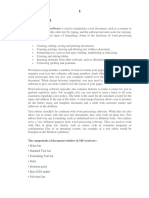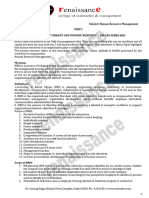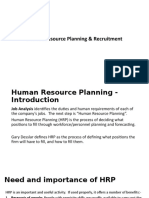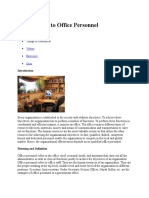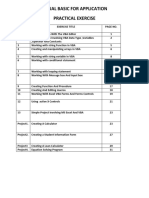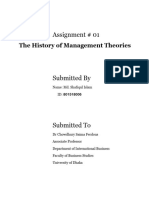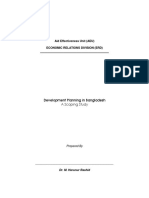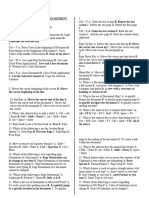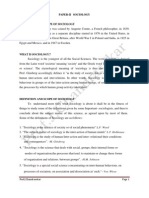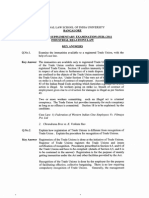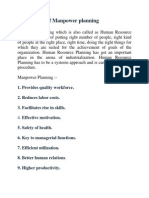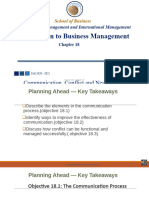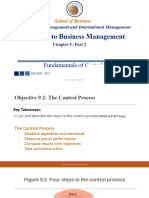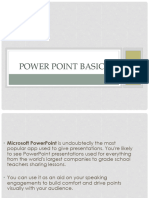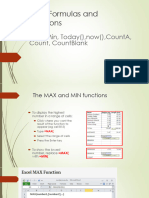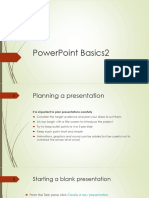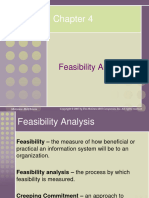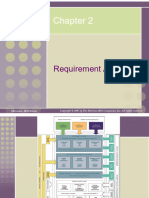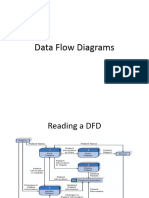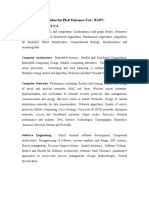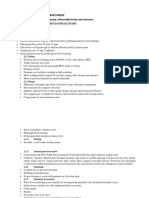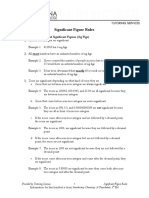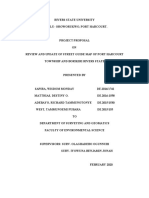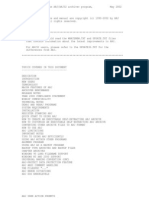0% found this document useful (0 votes)
86 views37 pagesExcel Basics
Excel is a software program used for organizing and analyzing numerical data using formulas and functions. It allows users to enter data into cells organized into rows and columns within a spreadsheet. Common uses include financial analysis, accounting, data management, and more. Users can format text, insert borders, change cell colors and more to improve the appearance and understandability of the spreadsheet.
Uploaded by
12110159Copyright
© © All Rights Reserved
We take content rights seriously. If you suspect this is your content, claim it here.
Available Formats
Download as PDF, TXT or read online on Scribd
0% found this document useful (0 votes)
86 views37 pagesExcel Basics
Excel is a software program used for organizing and analyzing numerical data using formulas and functions. It allows users to enter data into cells organized into rows and columns within a spreadsheet. Common uses include financial analysis, accounting, data management, and more. Users can format text, insert borders, change cell colors and more to improve the appearance and understandability of the spreadsheet.
Uploaded by
12110159Copyright
© © All Rights Reserved
We take content rights seriously. If you suspect this is your content, claim it here.
Available Formats
Download as PDF, TXT or read online on Scribd
/ 37

